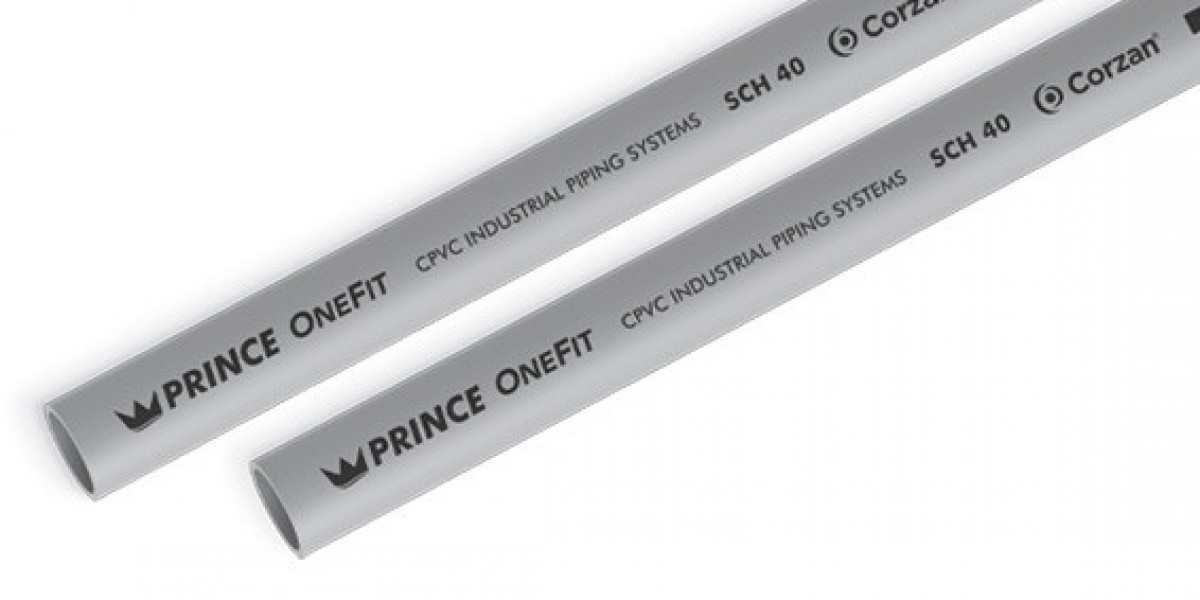Borewells are made to access groundwater, particularly in areas with limited surface water sources. A borewell's performance efficiency depends on several factors, such as the pipe diameter and thickness. Selecting the proper specifications ensures efficient water flow, structural stability, and long-term reliability.
Importance of pipe diameter
The diameter of borewell pipes affects the amount of water discharged. A well-matched diameter prevents water pressure loss, allowing sufficient water to flow and ensuring a consistent and smooth supply. If the pipe is narrow, it results in reduced water output and increased power consumption by the pump. A larger diameter may not provide additional benefits and could unnecessarily increase installation costs.
The pipe diameter depends on the borewell depth, the expected water yield, and the pump capacity. Domestic borewell pipes typically have diameters ranging from 4 to 6 inches, while agricultural and industrial borewells require larger pipe sizes to meet higher water demands. Selecting the right pipe ensures that water is drawn efficiently without excessive strain on the pump.
How does pipe thickness impact durability and water flow?
The thickness of pipes for borewells determines their ability to withstand underground pressure and environmental stress. Thicker pipes offer better resistance against external forces, such as soil pressure and shifting geological conditions. This is especially important for deep borewells, where the pipes must endure high hydrostatic pressure.
A thin pipe is prone to cracking, leaking, or collapsing, leading to costly repairs or replacement. Thin pipes wear out more quickly due to the constant water flow and exposure to minerals present in the groundwater. Investing in pipes with adequate thickness enhances durability and minimises the risk of structural failure.
Balancing diameter and thickness
The right combination of diameter and thickness is essential for maximising borewell efficiency. A well-balanced pipe selection ensures smooth water flow while maintaining the borewell's structural integrity. Modern materials, such as UPVC and HDPE, provide high strength while maintaining lightweight pipes that are easy to install.
When installing a borewell, a professional assessment of water table levels, soil conditions, and pump specifications helps determine the appropriate pipe dimensions. By selecting pipes that align with these factors, borewell owners can ensure consistent water availability without frequent maintenance issues.
Enhancing borewell performance
Using high-quality pipes for borewell applications significantly improves efficiency and longevity. High-quality materials ensure that pipes remain corrosion-resistant and can withstand a range of varying environmental conditions. Properly chosen pipes support water extraction and protect against any contamination, maintaining water purity.
Equally important are pipe fittings, which connect different sections of the borewell system and ensure leak-proof operation. Durable fittings contribute to the strength of the installation, preventing water loss and maintaining stable pressure levels.
Conclusion
Pipe diameter and thickness play an important role in a borewell. The correct diameter and thickness help maintain efficient water flow, lower power consumption, and prolong the installation's lifespan. By investing in high-quality materials and carefully selecting pipes and fittings, borewell owners can ensure reliable and long-term access to water.










